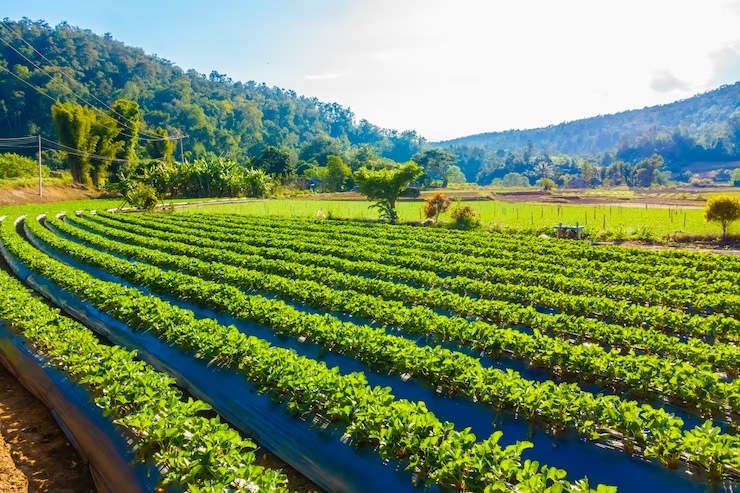King 567, Betbhai247, Apbook247: Urban agriculture offers a multitude of advantages to both urban dwellers and the environment. By cultivating produce in urban settings, cities can reduce their carbon footprint and become more self-sustainable. The practice also promotes food security and enhances access to fresh, locally grown produce for city residents, fostering a healthier and more community-oriented lifestyle.
Furthermore, urban agriculture has the potential to create economic opportunities and stimulate local economies. By utilizing underutilized urban spaces for agricultural purposes, cities can generate income, create jobs, and contribute to the overall economic growth of the community. Additionally, by supporting local farmers, urban agriculture can help reduce the reliance on imported food, leading to a more resilient and sustainable food system.
Advantages of Rooftop Farming
Rooftop farming offers a sustainable solution to urban food production by utilizing underutilized spaces in cities. With the increasing population and shrinking agricultural land, rooftop farming helps in increasing food security in urban areas. By converting rooftops into productive agricultural spaces, cities can reduce their reliance on food imports and cut down on transportation costs, thus contributing to a more sustainable food system.
Additionally, rooftop farming promotes a sense of community and fosters social cohesion. By bringing people together to work on rooftop gardens, these spaces become hubs for social interaction and collaboration. Rooftop farms also serve as educational platforms where individuals can learn about sustainable agriculture practices and the importance of locally grown produce, creating awareness and fostering a connection between urban dwellers and their food sources.
� Rooftop farming utilizes underutilized spaces in cities
� Increases food security in urban areas by reducing reliance on food imports
� Reduces transportation costs for importing food, contributing to a more sustainable food system
� Promotes community and social cohesion by bringing people together to work on rooftop gardens
� Serves as educational platforms for learning about sustainable agriculture practices and locally grown produce
Challenges of Vertical Farming
Vertical farming presents several challenges that need to be addressed to maximize its potential. One major obstacle is the high initial cost of setting up vertical farms, which includes the expenses for technology, lighting, irrigation systems, and space optimization. Additionally, the energy consumption of vertical farms is a concern, as the artificial lighting and climate control systems required to support plant growth can lead to increased electricity usage.
Another challenge faced by vertical farming is the limited selection of crops that can be grown efficiently in this environment. While leafy greens and herbs tend to thrive in vertical farms, other types of produce may not yield as successful results due to space constraints and specific growing conditions. This limitation can hinder the diversity of crops that can be cultivated in vertical farming systems, potentially impacting the overall profitability and sustainability of the operation.
What are the benefits of urban agriculture?
Urban agriculture helps reduce food miles, promotes local food production, creates green spaces in urban areas, and increases access to fresh produce for city residents.
What are the advantages of rooftop farming?
Apbook365, Apbook Login, Goexch777: Rooftop farming utilizes unused space in urban areas, reduces energy consumption for cooling buildings, helps mitigate urban heat island effects, and can provide a source of income for building owners.
What are some of the challenges of vertical farming?
Some of the challenges of vertical farming include high initial setup costs, energy consumption for artificial lighting and climate control, limited crop variety compared to traditional farming, and potential difficulties in scaling up production.
Additional:

